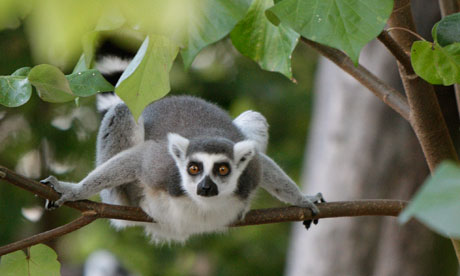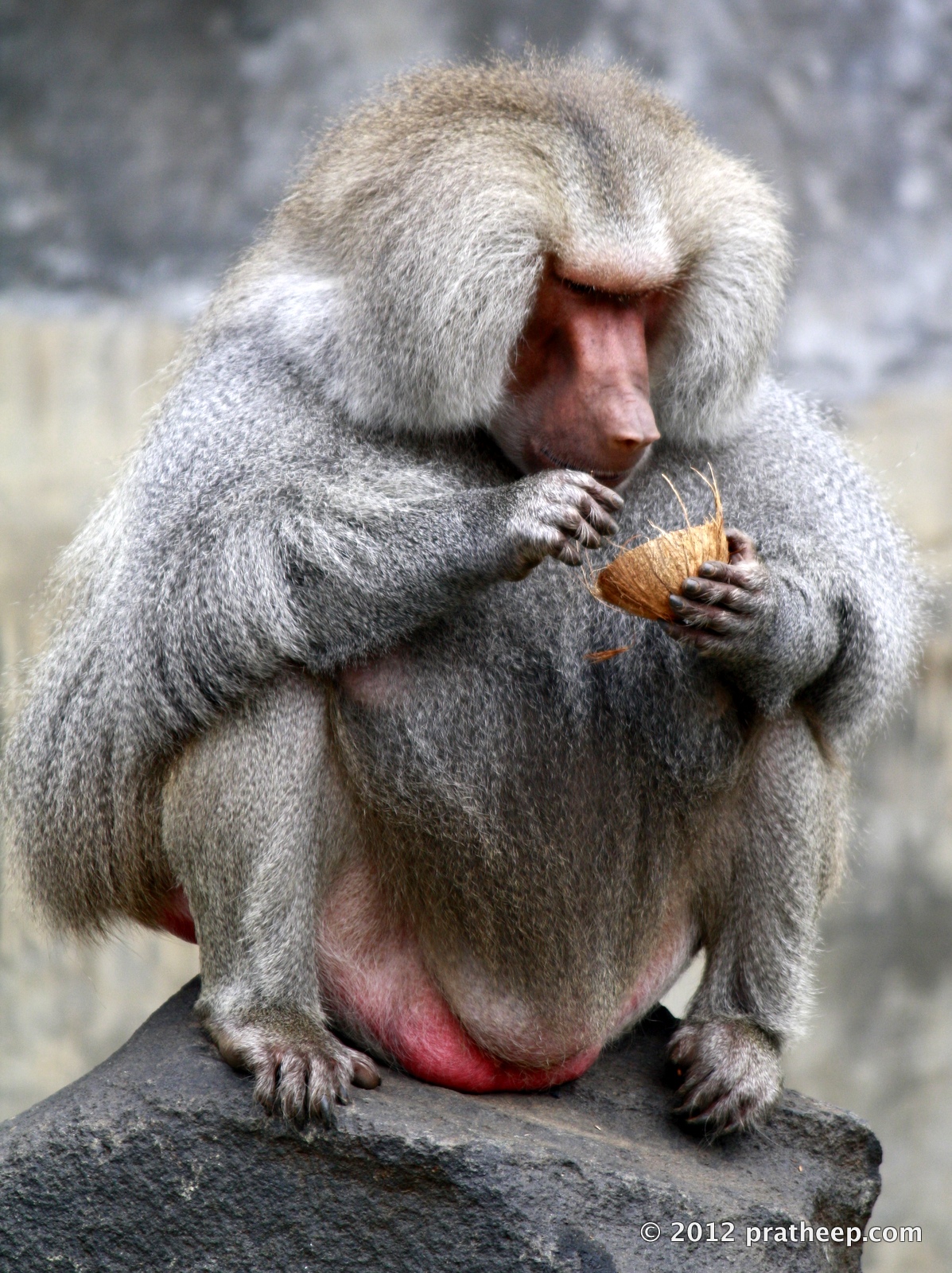The environmental stress i'd like to discuss is high altitude. It negatively impacts the survival of humans because it can be extremely hot during the day with extreme colds at night. Also, winds are very strong and humidity is very low so it increases the chances of rapid dehydration. The most dramatic disturbance would be the fact that air pressure is low, meaning there is less oxygen in the air making it hard for people to breath properly. This is called hypoxia, or oxygen deprivation. It causes lack of appetite, vomiting, headache, distorted vision, fatigue, along with memorizing and thinking clearly. In very sever cases individuals begin to have pneumonia like symptoms due to hemorrhaging in the lungs.
2. Identify 4 ways in which humans have adapted to this stress, choosing one specific adaptation from each of the different types of adaptations listed above (short term, facultative, developmental and cultural). Include images of the adaptations. (5 pts each/ 20 pts total)
Humans have facultative adapted to the stress of high altitude by increasing the oxygen carrying blood cells. Another adaption would be the over production of hemoglobin in the blood. Also, people increase their lung expansion capability. Increasing breathing rate helps with these adaptions, meaning taking in more frequent breathes. This allows broader capillaries and arteries that in return give a larger amount of oxygen to the muscles. The EPAS1 gene is particularly important in adapting to environments with consistently low oxygen pressure. In higher levels of altitude climbers must use oxygen masks in order to maintain functional breathing.

3. What are the benefits of studying human variation from this perspective across environmental clines? Can information from explorations like this be useful to help us in any way? Offer one example of how this information can be used in a productive way. (5 pts)
The benefits from studying human variation across this environmental cline shows how people have adapted differently due to different environmental changes. It shows that not only in the past did the hominids adapt to their environment but so have modern humans adapted over time to their surroundings. I think this information can be very beneficial to us because it allows us to find the genetic and non genetic coding that allows us to adapt to the way we live and the environment around us. It enables us to look into all of the forms that our bodies are being pushed to make changes that will benefit our survival. For example this information about high altitudes effecting lung capacity enables boxers to train at a higher state. Their lungs are being forced to work overtime to supply their bodies with as much oxygen as they need. When the boxers come down to the normal altitude level their lungs have acclimatized to the higher level so they have more room to expand and give a boxer a higher endurance during a fight.
4. How would you use race to understand the variation of the adaptations you listed in #2? Explain why the study of environmental influences on adaptations is a better way to understand human variation than by the use of race. (10 pts)
Race would be used to understand the variation of the adaptions because Tibetan and Nepalese people have become adapted to their altitudes after thousands of years of living in the areas. They have acquired genes to fix the problems, that other individuals who are used to lower level altitudes such as "high altitude sickness" attain. The study of environmental influences on adaption are a better way to understand human variation because the environment effects individuals differently. The race has adapted over a long period of time where as in a shorter period of time an individual can adapt to the higher altitude by taking small steps, or even using an oxygen mask in order to help them breath better. Plus, the environment is always changing and so is the modern human. Our bodies are able to adapt if put under a large amount of stress at a time and even short amounts of stress. Race is not a factor with how human bodies adapt to their surroundings.






